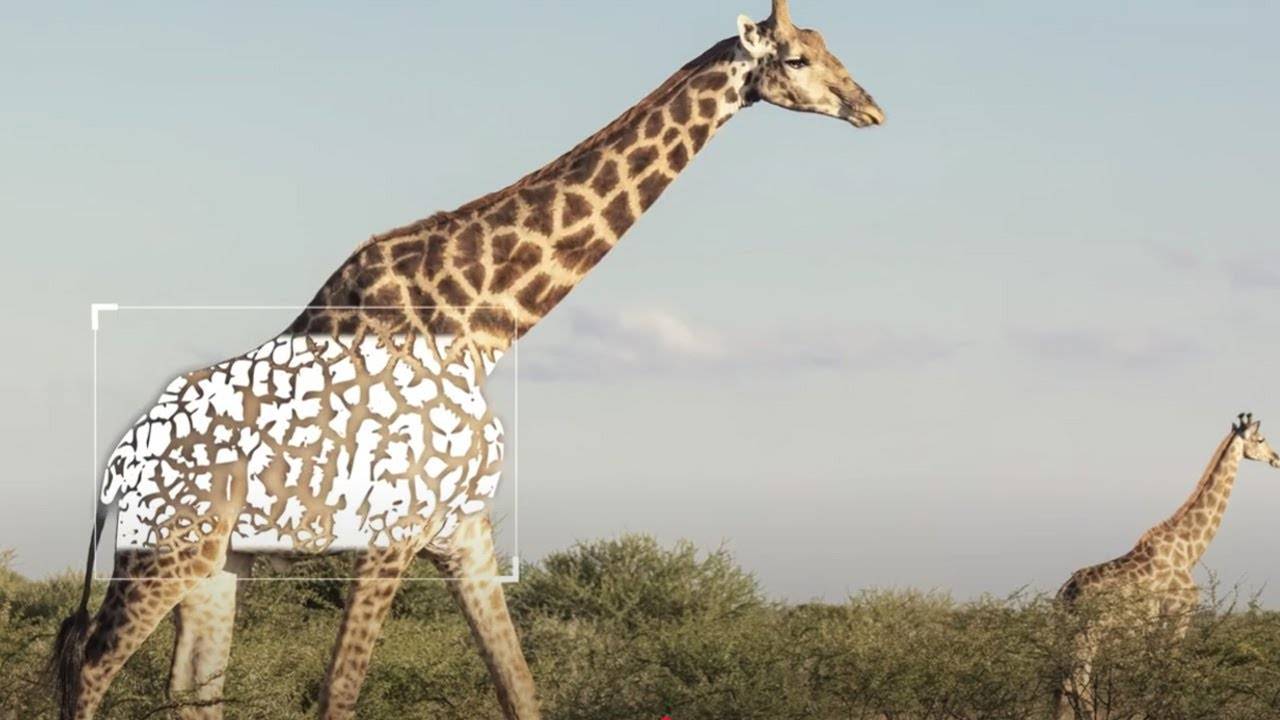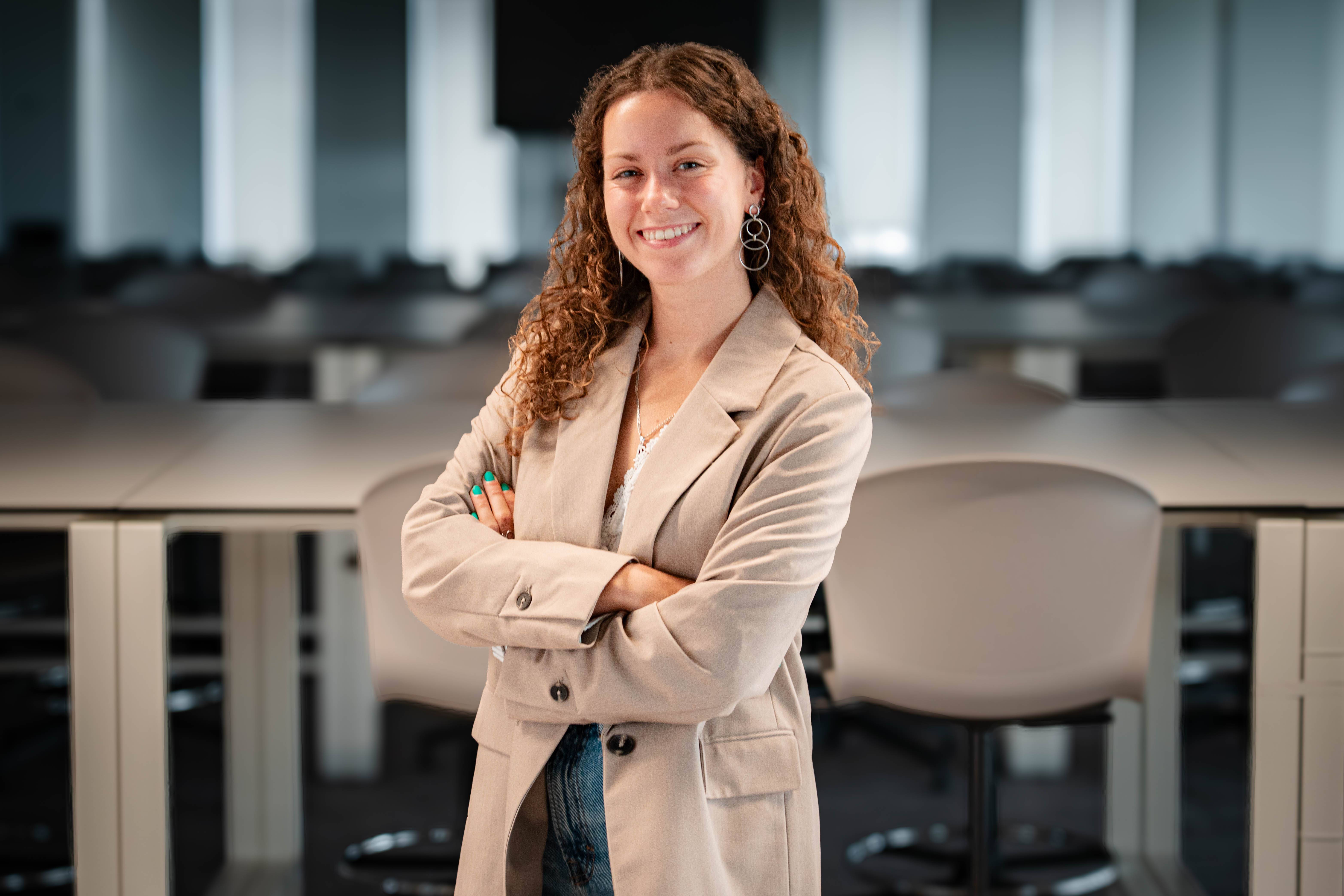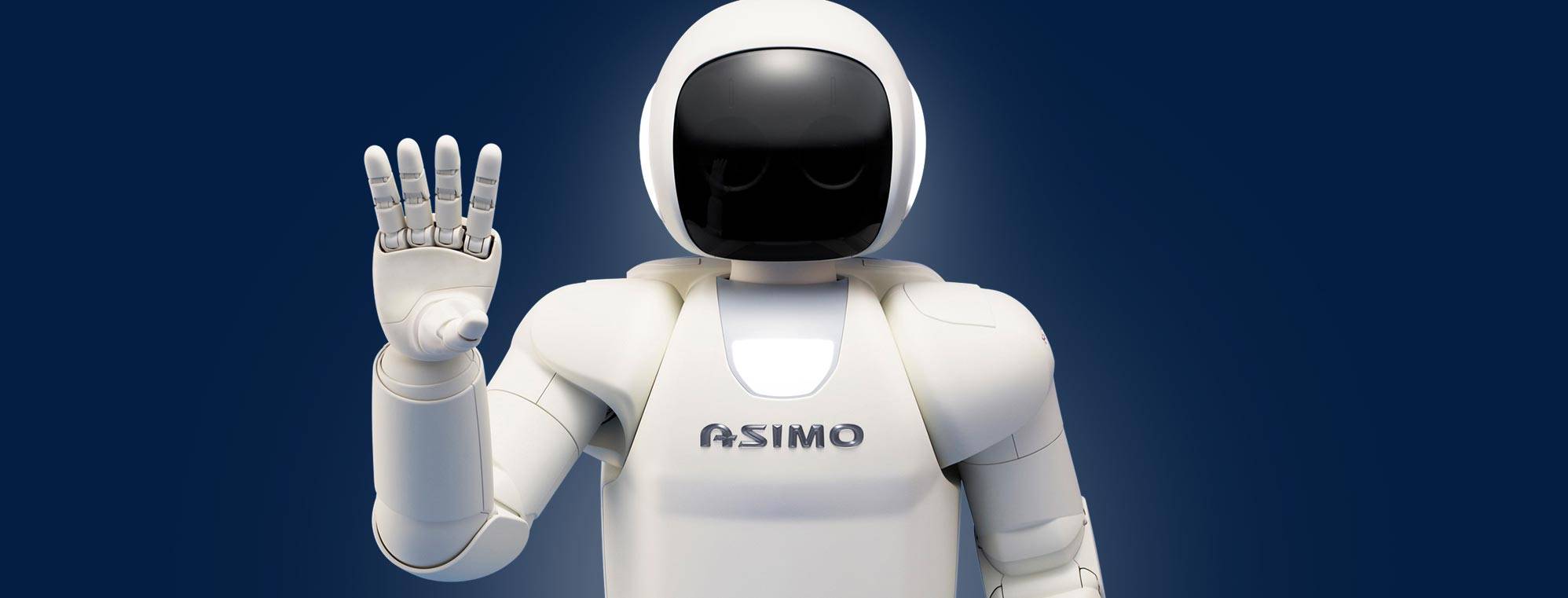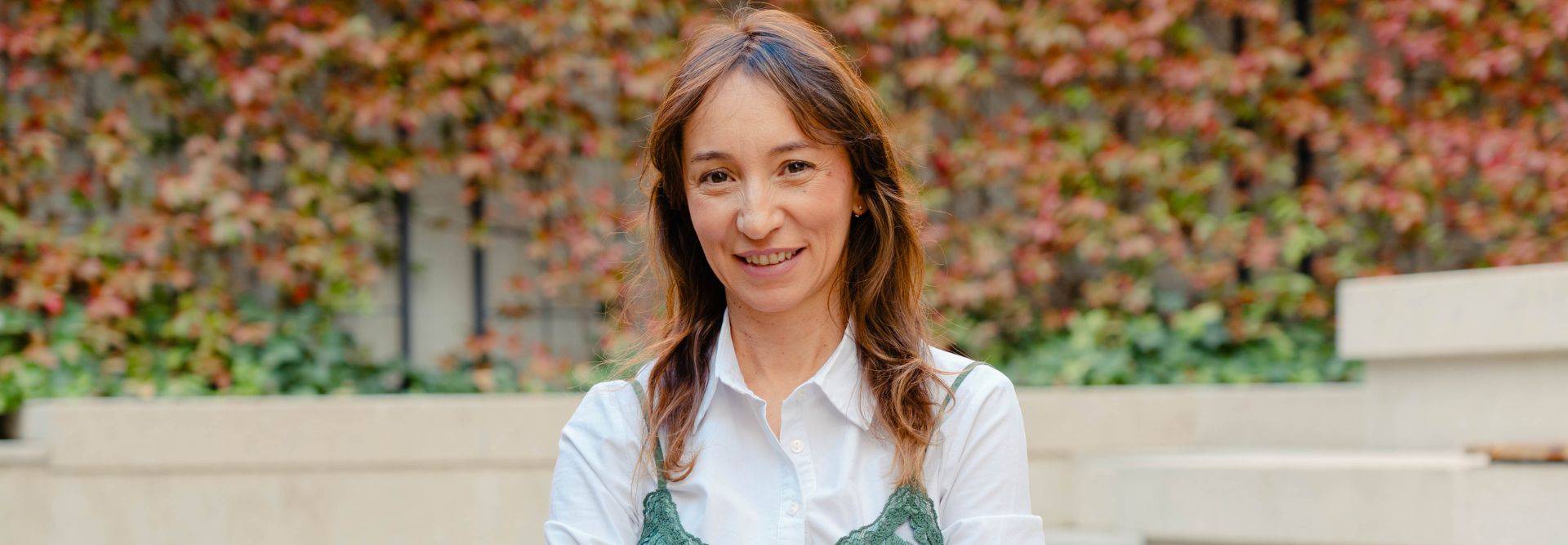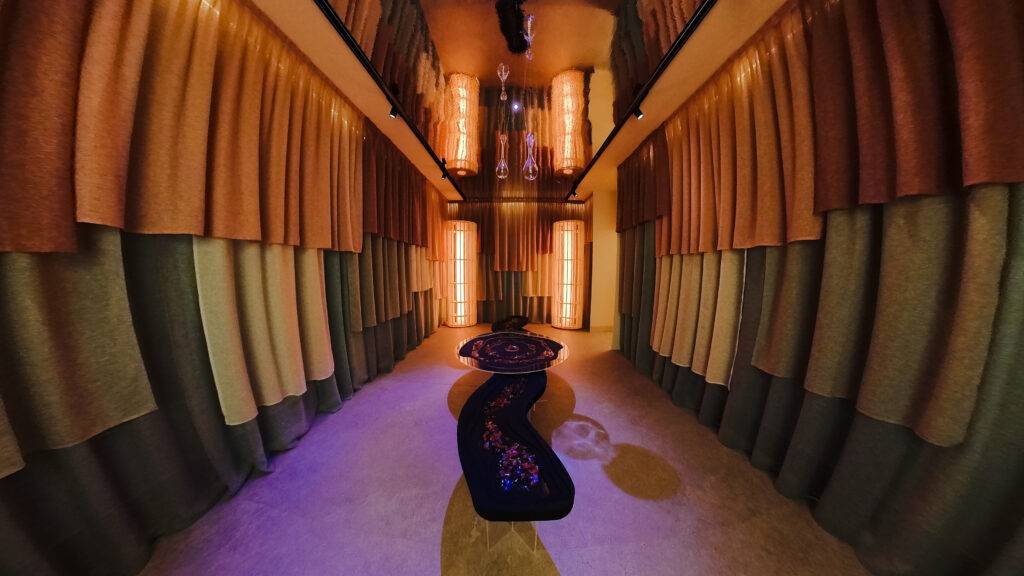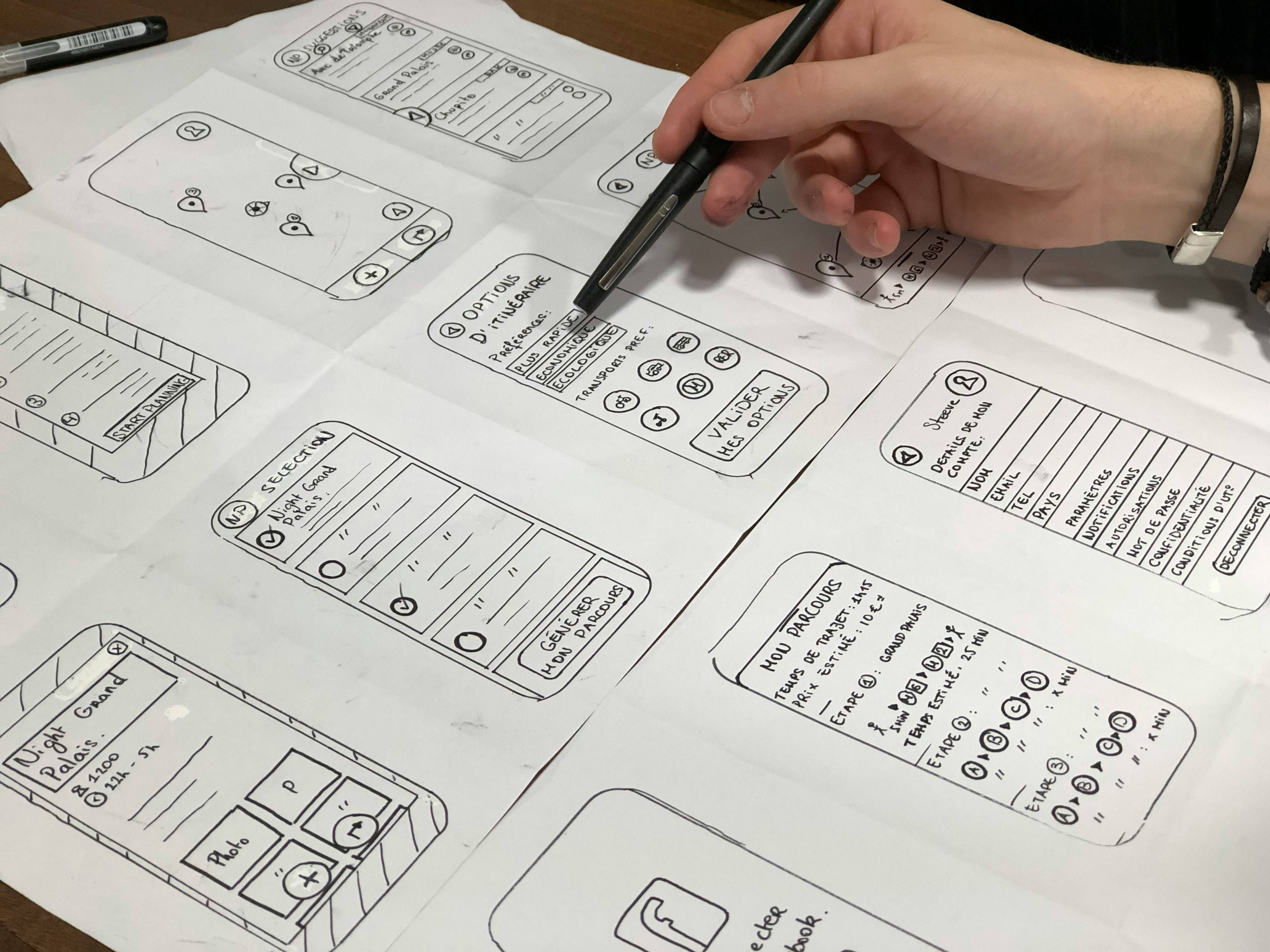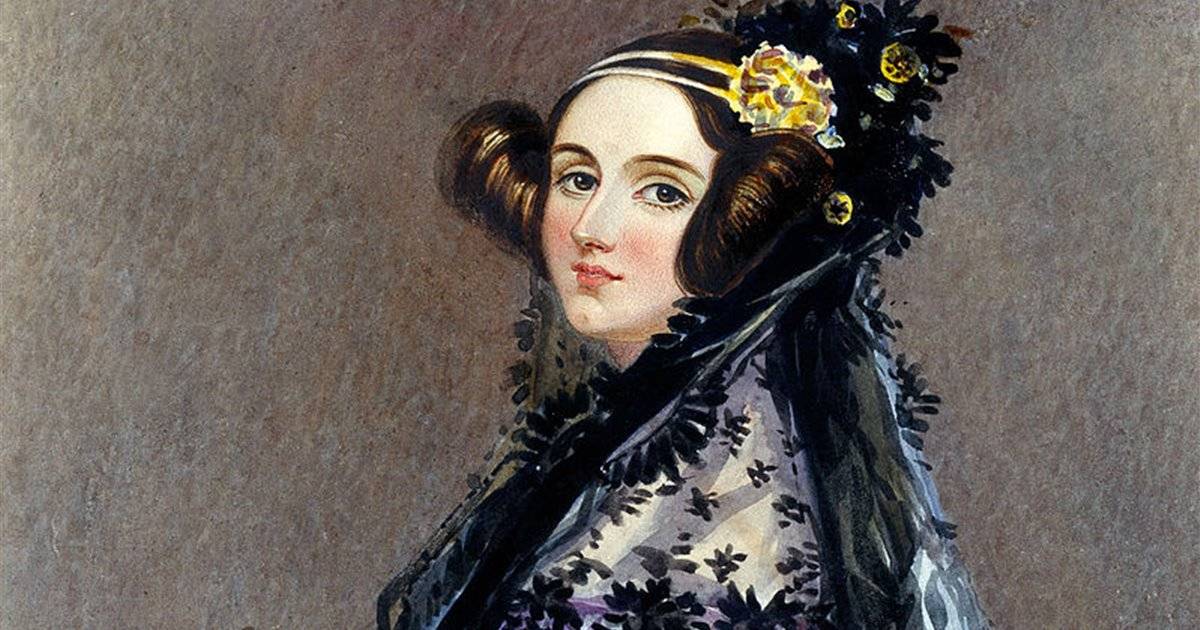More than ChatGPT: four projects unleashing the full power of Artificial Intelligence
In recent years, the term artificial intelligence has become increasingly associated with the use of generative models such as ChatGPT, Gemini or Grok. These tools offer enormous potential for improving productivity, driving new ideas and unleashing creativity.
However, artificial intelligence, as the students of UDIT's Master's in Artificial Intelligence learn, is much more. From natural language processing to computer vision to automatic parameter recognition, it includes a wide range of technologies that can make a real difference in our lives.
This article presents four projects that show how AI is in fact already changing the way we live, care for ourselves and protect the planet. We talk about Google's revolutionary weather model capable of anticipating hurricanes more accurately than official systems; GIRAFFE, a computer vision tool developed by Microsoft to save giraffes from extinction; the medical software implemented at the Clínica Universidad de Navarra, which improves the diagnosis of breast cancer; and a predictive system by Renfe that allows it to prevent graffiti on its trains in advance and efficiently.
Google improves forecasting of natural disasters
Google has taken a decisive step forward in weather forecasting with Weather Lab, its artificial intelligence model developed by DeepMind. The acid test was Hurricane Erin, which reached category 5 in less than 24 hours. During the first three critical days, the system outperformed both the official forecast of the US National Hurricane Centre and the most reliable physical models in Europe and America.
Unlike traditional methods, which rely on physical equations of pressure, humidity and temperature, Google's approach is based on massive training with historical weather data from around the globe and a record of nearly 5,000 cyclones over the past 45 years. In this way, the AI detects patterns invisible to the human eye and is able to more accurately anticipate the path and intensity of hurricanes. In internal tests, Weather Lab has already demonstrated up to 140 km more accuracy than the European ECMWF model, which is considered the current benchmark.
Although its results have been described as "exceptional" by experts, the system is not yet available for public use and Google recommends continuing to rely on official forecasts. However, the model's success points to a future in which AI will be an essential tool for emergency management and decision-making in high-risk situations, such as evacuations or natural disaster protection plans.
GIRAFFE: hope for endangered animals
The GIRAFFE initiative, driven by Microsoft in collaboration with the Wild Nature Institute, represents a significant breakthrough in the conservation of giraffes in Tanzania, whose population has declined dramatically in recent decades. Inspired by the pioneering research of Anne Innis Dagg, who discovered that each giraffe has a unique spotting pattern, this open source tool uses Artificial Intelligence to identify individual specimens through computer vision. This allows large volumes of data on migration, reproduction and survival to be collected and analysed with unprecedented accuracy and speed.
GIRAFFE automates image tagging and catalogue updating, achieving 90-99% accurate identification and reducing analysis times from days to minutes. Its scalable architecture allows it to process thousands of images quickly, making it an essential tool for monitoring at-risk populations.
Beyond giraffes, GIRAFFE has the potential to be applied to other species with distinctive patterns such as tigers, zebras or whale sharks. This open and collaborative approach demonstrates how technology can amplify the impact of scientific work. Microsoft stresses that while AI cannot replace human work, it can greatly enhance it, bolstering global conservation efforts and helping to preserve key endangered species.
Fighting breast cancer
The Clínica Universidad de Navarra has incorporated an artificial intelligence (AI) system in its Breast Cancer Area to support radiologists in the early detection of breast cancer. This technology analyses mammograms and improves diagnostic efficiency by automatically identifying suspicious areas that require a more detailed review. Although it does not replace the professional, it acts as a complementary tool that optimises time and reduces the possibility of errors in the interpretation of complex images.
The software used decomposes the mammography pixels and compares them with a database of images with confirmed cases of breast cancer. Based on the degree of similarity detected, it classifies the studies into three levels of suspicion. The radiologist then manually reviews the areas flagged by the AI to confirm or rule out the presence of malignant cells. This process improves diagnostic accuracy, enhances the confidence of healthcare staff and adds value to medical care.
In Spain, breast cancer screening is mainly aimed at women between the ages of 50 and 69, with tests every two years, although some European recommendations propose starting at 45 years of age. In this context, the use of AI represents a significant advance in public health, allowing for greater efficiency in the detection of a disease that accounts for almost 30% of cancers diagnosed in the country.
Goodbye to graffiti on trains
Renfe, in collaboration with the consultancy Innova-tsn, has developed a system based on Artificial Intelligence to prevent acts of vandalism with graffiti on trains and facilities. This initiative, winner of Renfe's first AI Project Competition, responds to the need to adopt more efficient solutions to a problem that generated more than 11 million euros in losses in 2024 alone.
The aim of the project is to move from a reactive approach (cleaning and repairing after damage) to a predictive one, which allows anticipating possible attacks. Thanks to the advanced analysis of historical and contextual data, the system can identify high-risk areas and times, optimise surveillance and reduce both costs and the impact on Renfe's image and operability.
Innova-tsn's solution is based on an explainable AI system that analyses historical incident data, factors such as weather or public events, and generates time-space risk models that allow early warnings to be issued at least two hours in advance. These alerts will help to dynamically replan surveillance rounds, optimising the allocation of resources and anticipating risk situations in depots, tunnels or stations.
In its pilot phase, the tool will be deployed in high-incidence depots with a secure cloud infrastructure, operational dashboards and trained predictive models. This initial implementation is expected to reduce vandalism by 20%, issue 50% of alerts more than two hours in advance and generate estimated savings of €150,000 per year in cleaning and operational availability.

